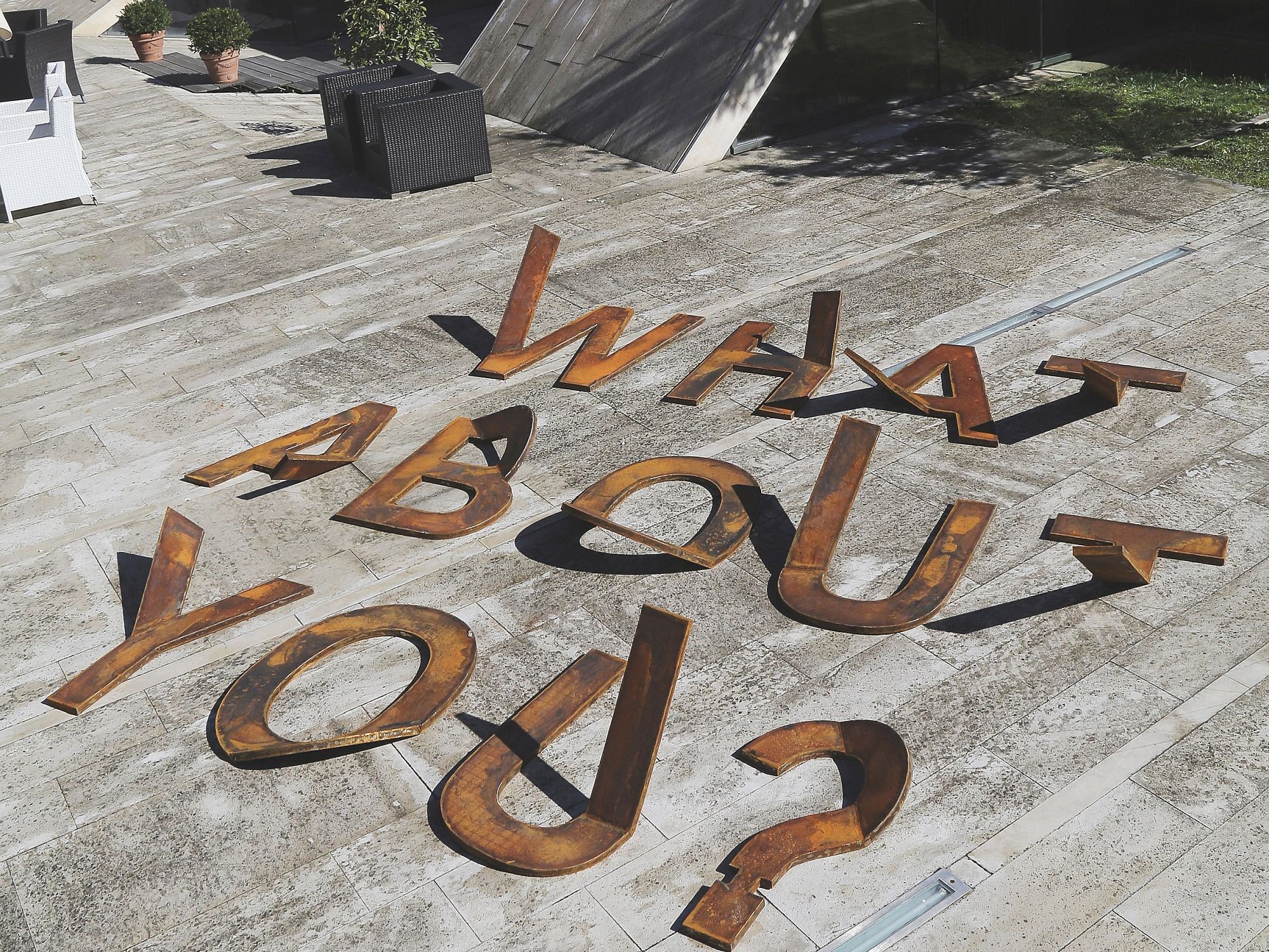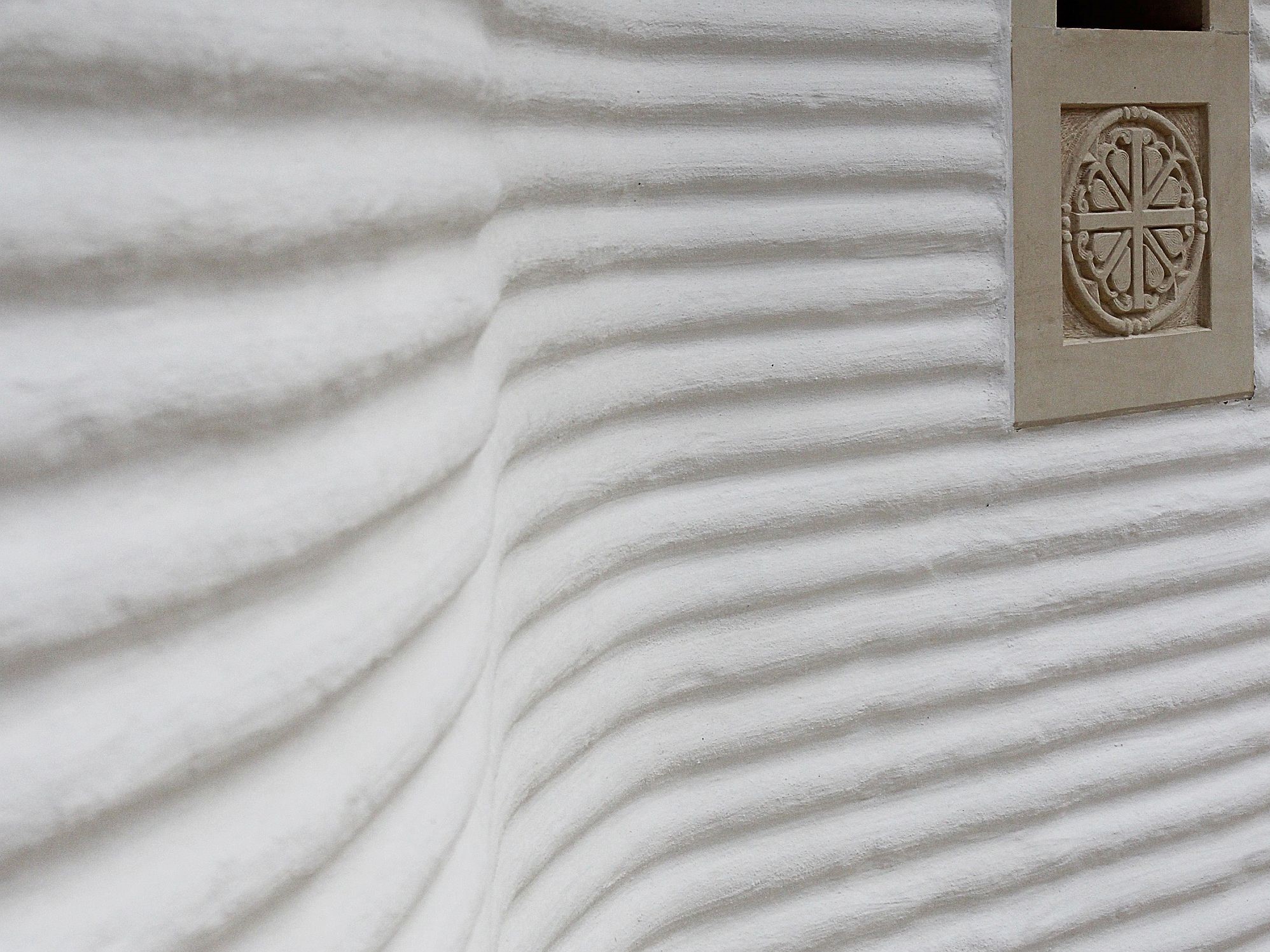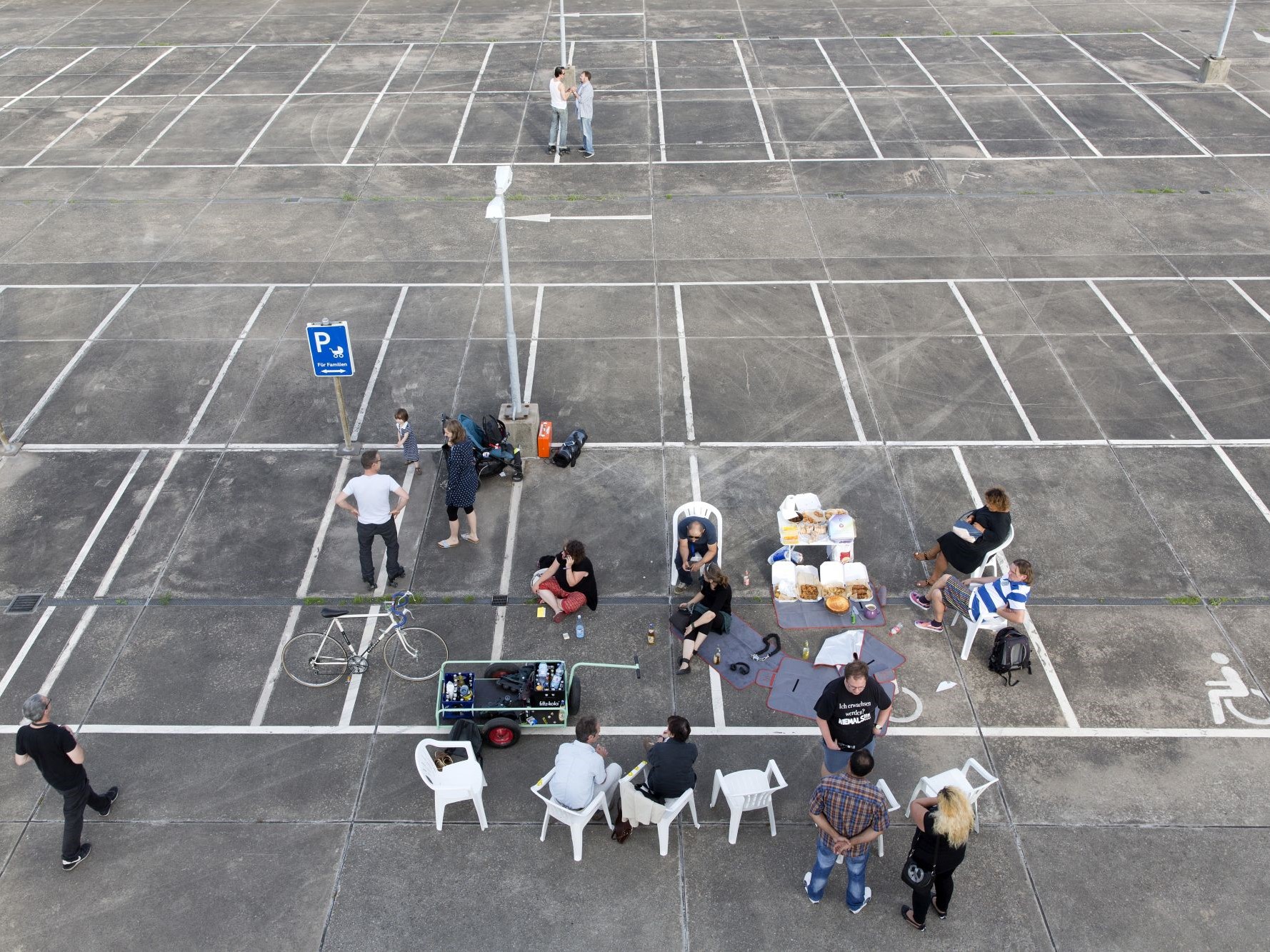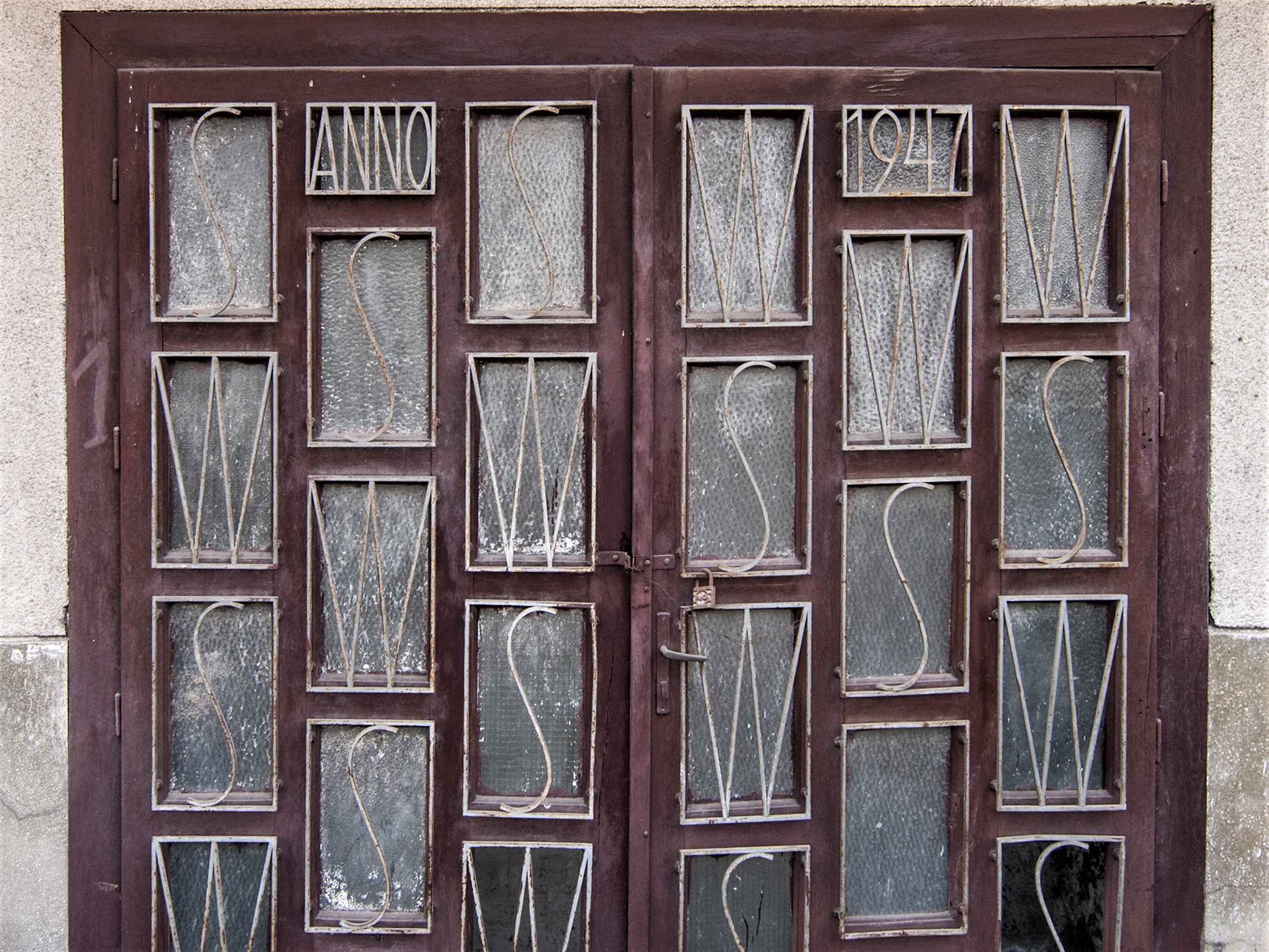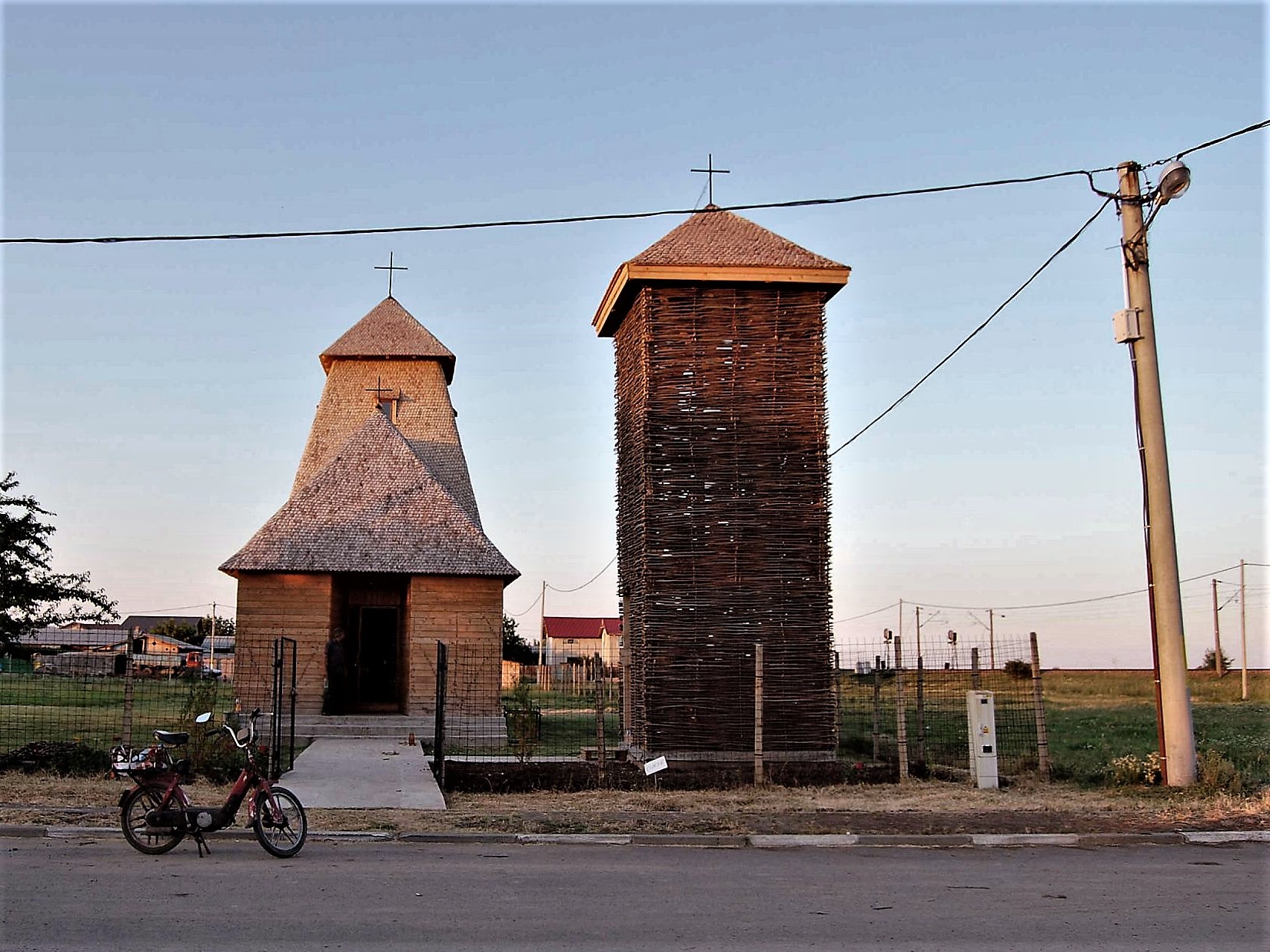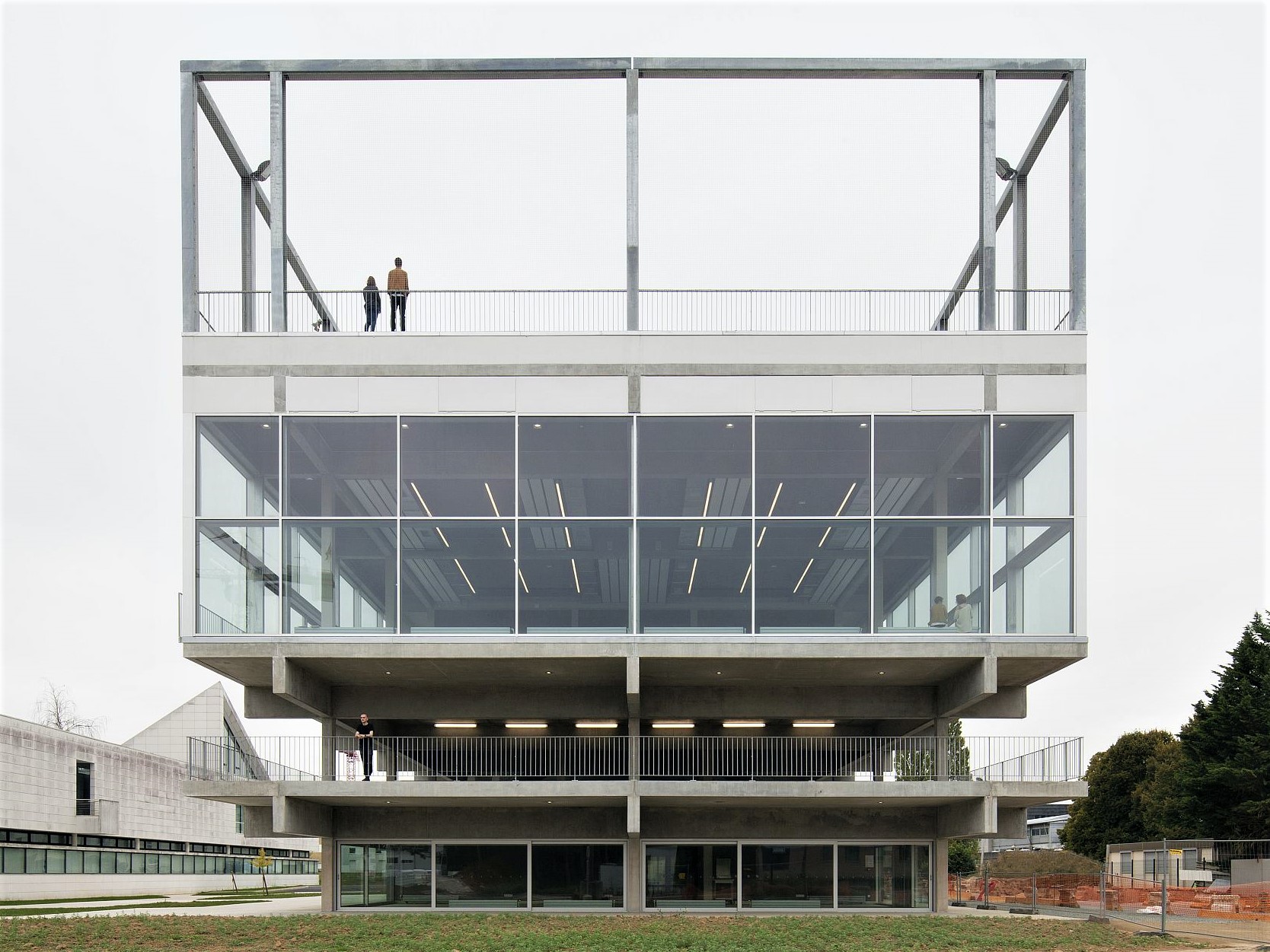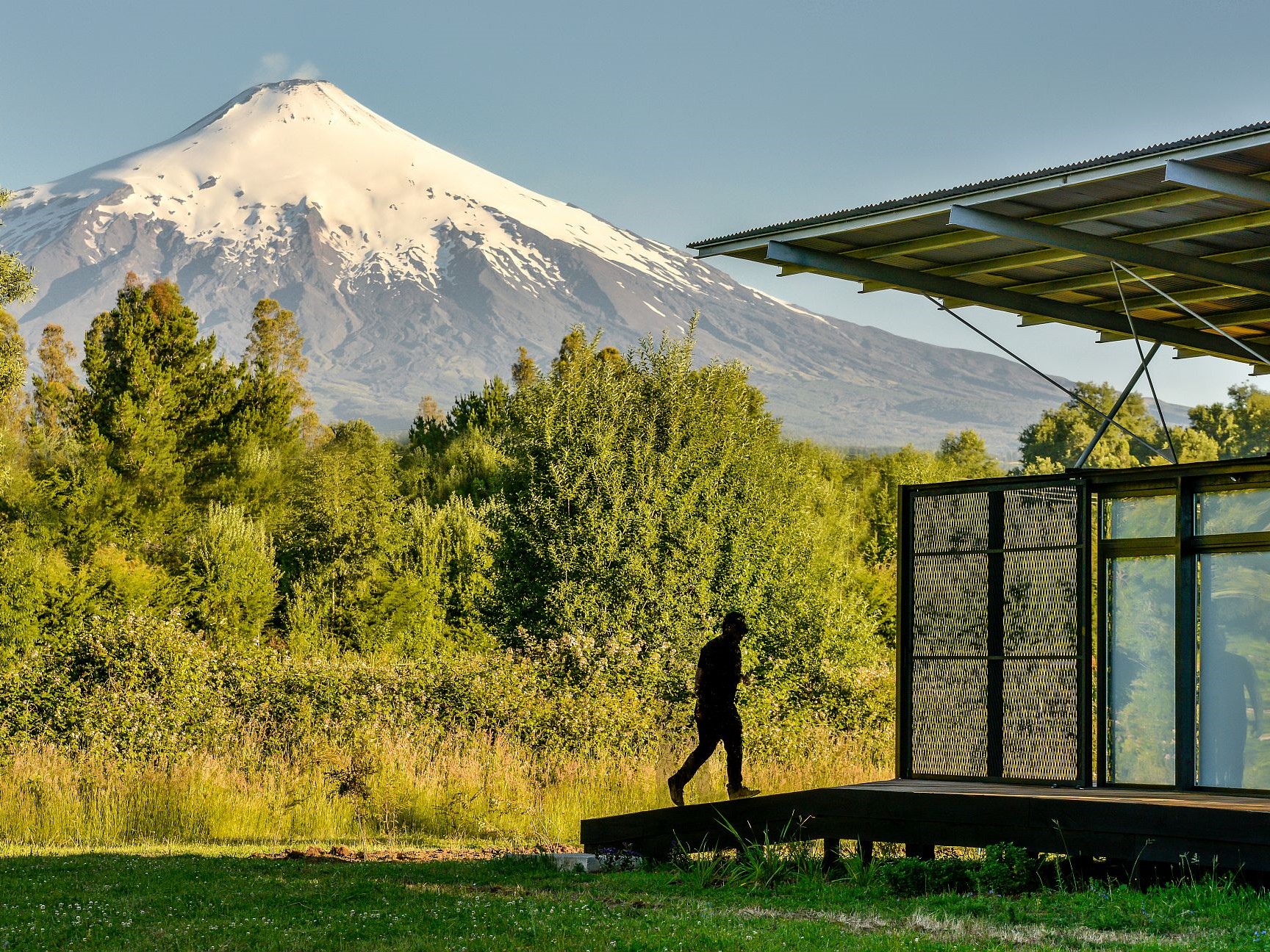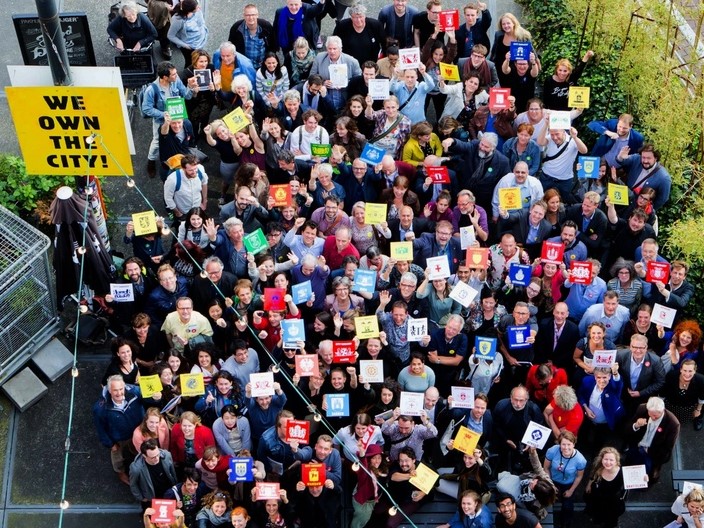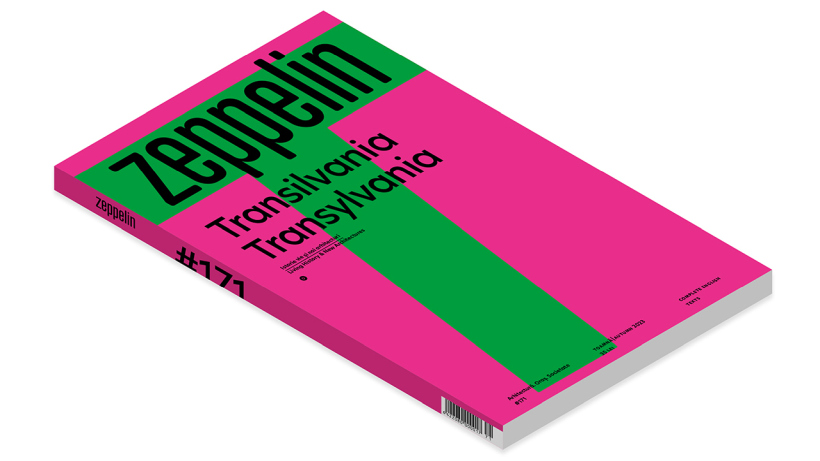Text & Photo: Laurian Ghiniţoiu
The beginning of June 2016 was marked by the opening to the public of two buildings by Herzog & de Meuron: Switch House—an extension of The Tate Modern, and the Schaudepot at Vitra Campus, a new exhibition space for the Vitra furniture collection.
The opportunity to document the New Tate was a good reason for me to be revived by the noisy London, and Very shortly after, more by chance than for a precise purpose, I happened to visit Vitra, 2 years since my last time there.



